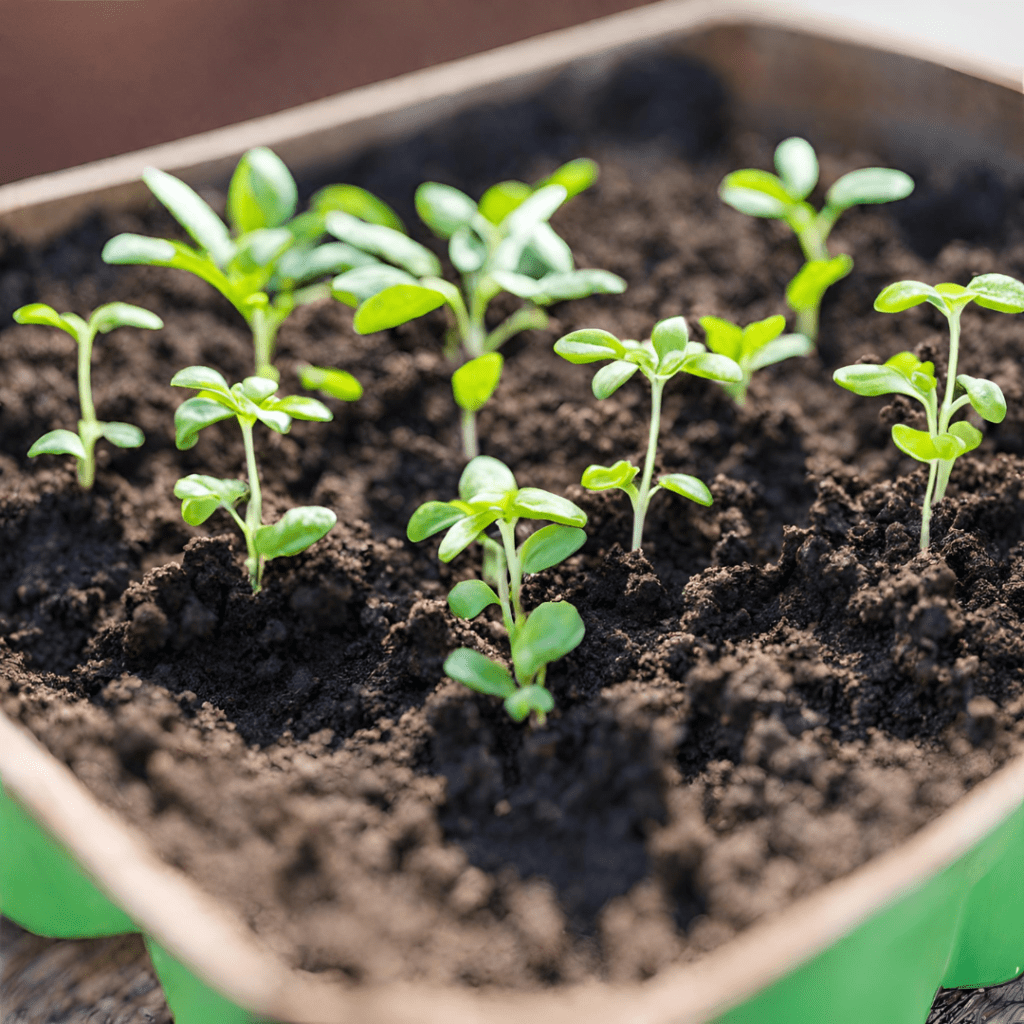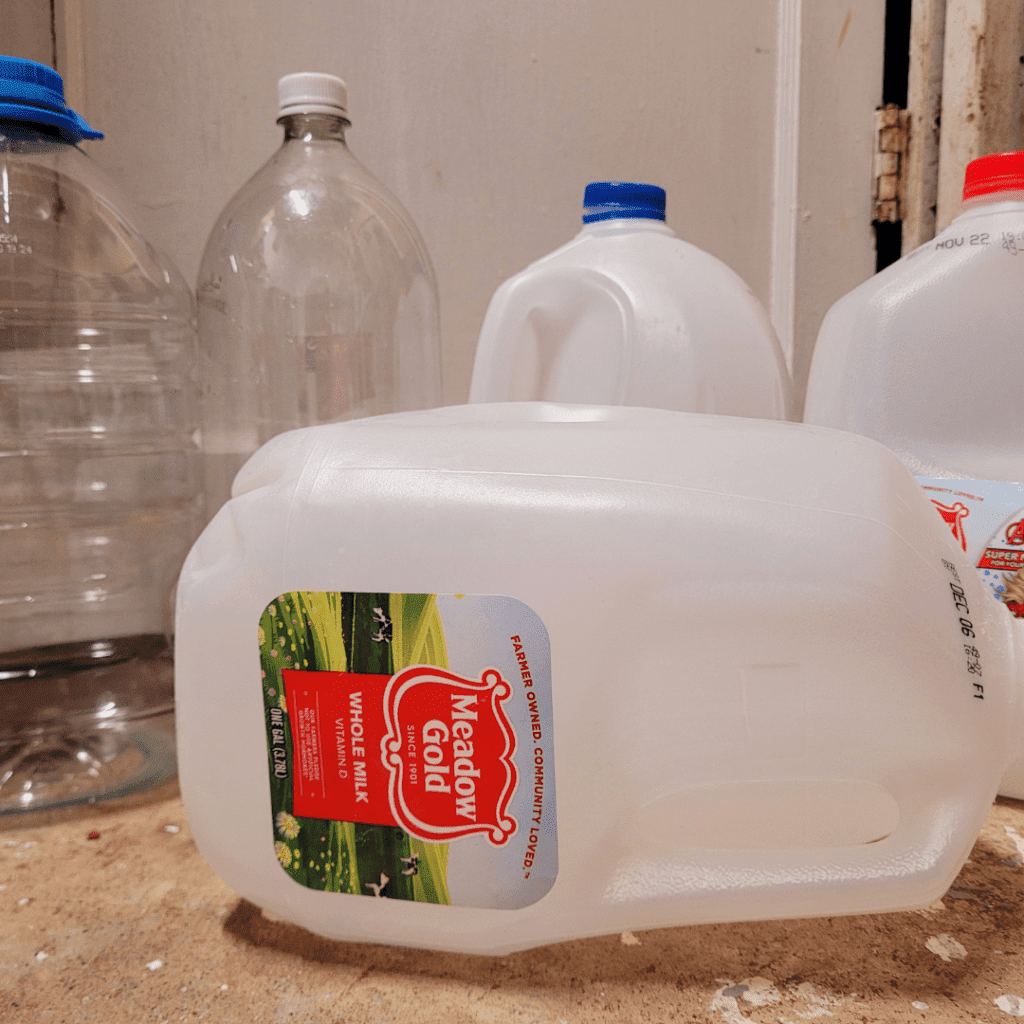Discover the top winter-sowing vegetables that give your garden a head start in spring. From hardy greens to root crops, winter sowing in containers helps you grow strong, resilient plants that thrive in early-season conditions. Learn which vegetables perform best with this method and how to maximize your harvest with minimal effort.
Winter sowing is a remarkable technique that allows you to get a head start on your vegetable gardens even before the last frost has passed. By sowing seeds outdoors during the colder months, protected in mini greenhouses made from recycled containers, you can take advantage of the natural process of stratification and provide an optimal environment for germination. This method not only extends the growing season, but also offers cost-effectiveness and resource conservation.
In this article, I will explore the top winter-sowing vegetables, the benefits of this technique, how to select the right vegetables, prepare and sow seeds, care and maintenance, harvesting, troubleshooting common issues, and ultimately, how to enjoy the rewards of your early garden bounty. So, let’s dive in and discover the wonders of winter sowing for a head start in the garden.
This is a pinnable post. Tap or hover over any image in this post to pin to your Pinterest Boards.
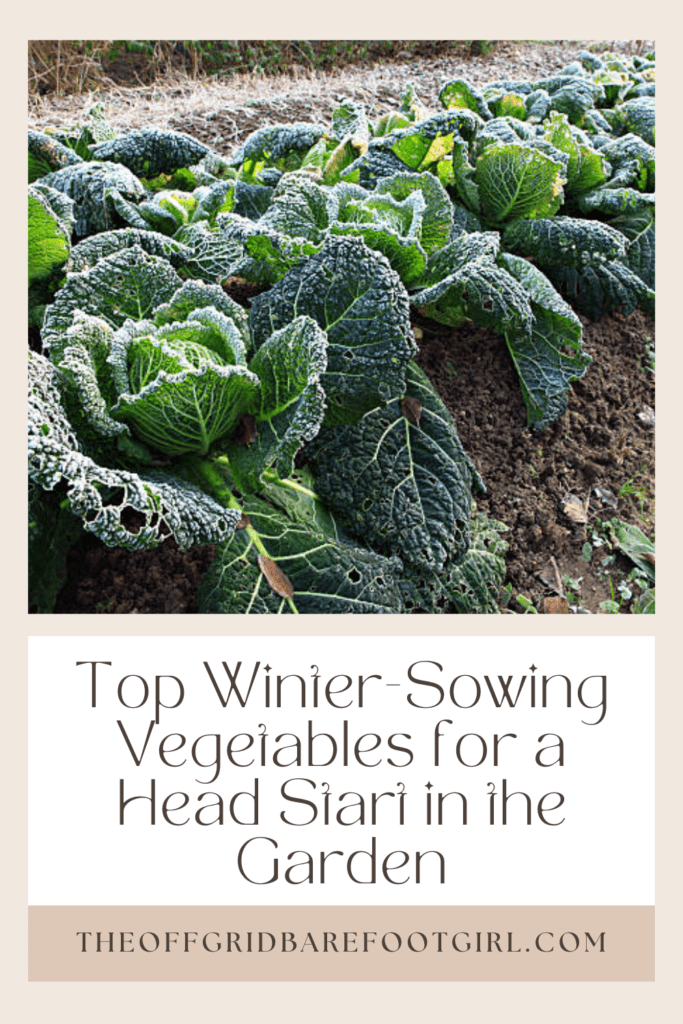
Introduction to Winter Sowing Vegetables
Understanding the Concept of Winter Sowing
Winter sowing is a gardening technique that allows you to start your vegetable garden earlier by sowing seeds outdoors during the winter months. Rather than relying on traditional methods like starting seeds indoors or waiting for the last frost to pass, winter sowing takes advantage of the natural cycles of frost and thaw.
Advantages of Winter Sowing for Gardeners
Winter sowing offers several advantages for gardeners. Firstly, it extends the growing season, giving you a head start by allowing your plants to establish roots before spring. This means earlier harvests and more time to enjoy your homegrown veggies.
Furthermore, winter sowing is a cost-effective and resource-conserving method. Instead of investing in costly indoor lighting and heating setups, you can let nature do the work for you. By using recycled containers, such as milk jugs or plastic containers, you can reduce waste while also saving money.
Benefits of Winter Sowing for Early Garden Start
Extended Growing Season
One of the major benefits of winter sowing is the extended growing season it provides. By sowing seeds during the winter, you give your vegetables a head start in establishing their root systems. This means they can start growing as soon as the weather warms up, allowing you to enjoy an earlier harvest.
Cost Effectiveness and Resource Conservation
Winter sowing is a budget-friendly alternative to starting seeds indoors. You don’t need expensive equipment or grow lights. By utilizing recycled containers and relying on natural sunlight, you can save money while still achieving successful germination.
Not only is winter sowing kind to your wallet, but it also promotes resource conservation. By repurposing common household items like milk jugs or plastic containers, you reduce waste that would otherwise end up in landfills.
Selecting the Right Vegetables for Winter Sowing
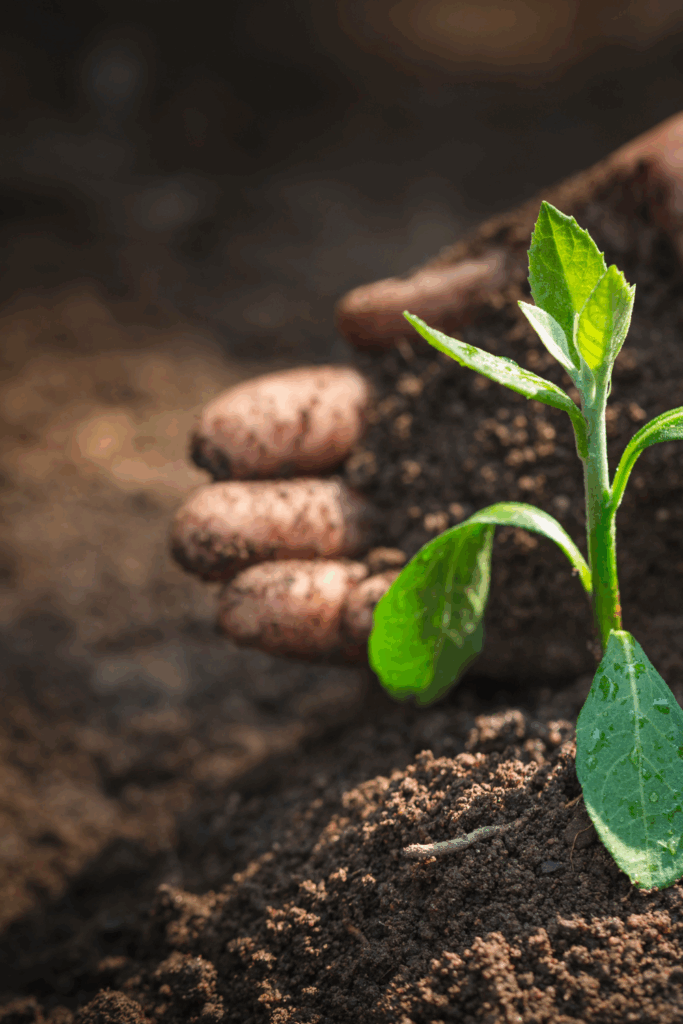
Choosing Cold-Hardy Vegetable Varieties
When selecting vegetables for winter sowing, it’s important to consider their cold hardiness. Opt for varieties that can withstand chilly temperatures and frost. Vegetables like spinach, kale, carrots, and broccoli are excellent choices as they tolerate colder climates.
Perfect winter sowing vegetables:
- Spinach.
- Kale.
- Carrots.
- Broccoli.
- Radishes.
- Peas.
Considering Growth Requirements and Space Limitations
Take into account the growth requirements of the vegetables you choose. Ensure that they will fit within the available space in your garden or containers. Consider factors like height, spread, and sunlight requirements to ensure successful growth and optimal use of your containers and garden space.
Preparing and Sowing Winter-Sown Seeds
Gathering Necessary Supplies and Equipment
Before you start winter sowing, gather the necessary supplies and equipment. This includes recycled containers (such as milk jugs or plastic containers), potting soil, seeds, a utility knife or scissors for creating ventilation holes, and permanent markers for labeling.
Supplies needed for winter sowing:
- Milk jugs.
- 2-liter bottles.
- Plastic containers.
- Duct tape.
- Permanent marker.
- Popsicle sticks for labels.
- Quality potting soil.
- Seeds.
- Utility knife or scissors.
- Drill for drainage holes.
Preparing Containers and Soil for Sowing
Prepare your containers by cleaning them thoroughly and creating drainage holes in the bottom. Cut the container in half, leaving a hinge in the back part of the container. Fill the containers with potting soil, leaving some space at the top. Moisten the soil before sowing the seeds to ensure proper germination.
Sowing Seeds and Providing Proper Labeling
Sow the seeds according to the packet instructions, taking care not to overcrowd the containers. Once sown, label each container with the type of vegetable and the sowing date. This will help you keep track of your plants and their progress as the season progresses. Place the containers in a spot that receives adequate sunlight and moisture, and watch your winter-sown vegetables come to life! (Note: It will take a few months first!)
Care and Maintenance of Winter-Sown Vegetables
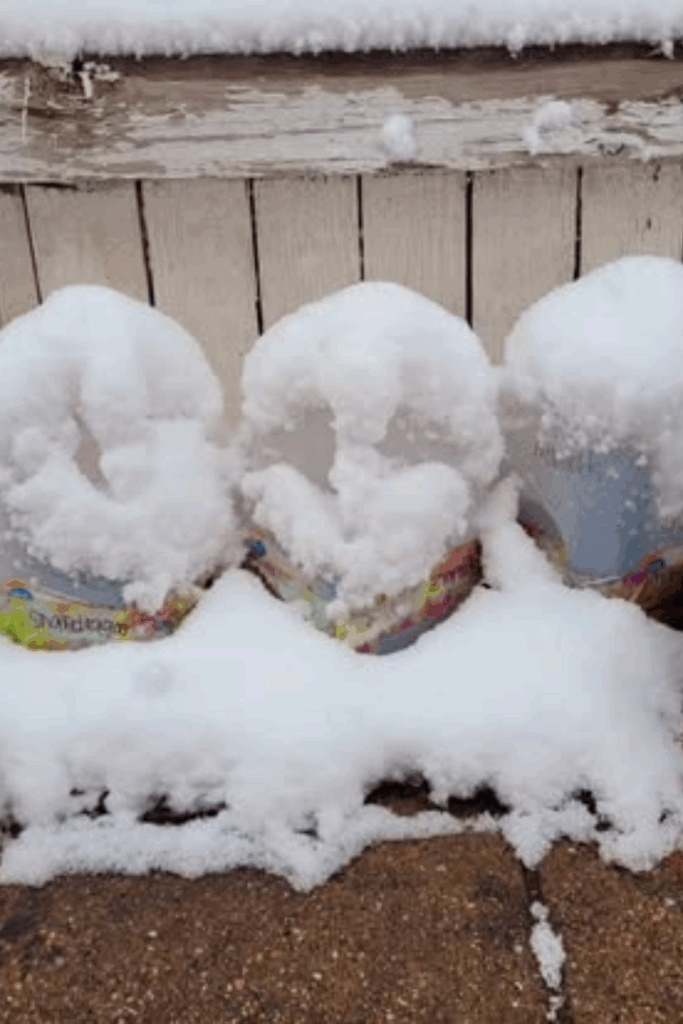
Taking care of your winter-sown vegetables doesn’t require a degree in rocket science, but a little attention goes a long way. Here are some key aspects to keep in mind:
Watering and Moisture Control
Just like us, plants need water to survive. However, it’s important not to drown them either. Strike a balance by keeping the soil evenly moist, but avoid overwatering. Mulching can help retain moisture and regulate temperature, making your plants happy.
Protecting Seedlings from Frost and Extreme Temperatures
Winter brings its fair share of chilly temperatures, so make sure to shield your precious seedlings from frosty surprises. A clear plastic tote can provide insulation over the smaller containers. Just be sure to make some vent holes first. Remember, a little warmth goes a long way in keeping your plants cozy.
Monitoring and Addressing Common Pest and Disease Issues
Pests and diseases love to crash the gardening party, but fear not! Keep a watchful eye on your plants and be ready to address any unwanted guests. Regularly inspect for signs of trouble like chewed leaves or suspicious spots. Organic pest control methods, like neem oil or companion planting, can help keep your garden free from unwelcome visitors.
Troubleshooting Common Issues in Winter-Sowing
Let’s face it, even the greenest thumbs encounter a few bumps along the gardening journey. Here’s how to navigate some common problems in winter sowing:
Identifying and Addressing Germination Problems
If your seeds aren’t sprouting as expected, don’t lose hope! Check factors like temperature, soil moisture, or seed viability. Adjusting these variables and providing a little extra TLC can often coax those stubborn seeds into sprouting. Keep in mind that winter-sown seeds take months to germinate so be patient!
Dealing with Overcrowding and Thinning Seedlings
Plants can sometimes be a bit too social and overcrowd themselves. Give them some personal space by thinning out the weaker or extra seedlings. It may seem harsh, but it ensures the remaining plants have more room to thrive. Sell those ones you plucked or give them away!
Addressing Nutrient Deficiencies and Soil Imbalances
No one likes a hangry plant. If your vegetables are looking a bit lackluster, they might be missing some essential nutrients. Regular soil testing and amending with organic matter or fertilizers can help keep your plants well-fed and happy.
Conclusion and Final Thoughts on Winter-Sowing Vegetables
Winter-sowing vegetables can give you a head start in the gardening game and provide a sense of accomplishment as you nurture your plants through the colder months. With a little care, you’ll soon be reaping the rewards of your efforts and enjoying fresh, homegrown produce. So bundle up, grab those seeds, and let the winter-sowing adventure begin! Just remember, even if things don’t go perfectly, don’t let it frost-bite your gardening spirit. Embrace the journey, learn from your mistakes, and have fun playing in the garden.
Winter sowing is a game-changer for gardeners seeking an early start in their vegetable gardens. By embracing this technique, you can enjoy an extended growing season, save money, and conserve resources. Selecting the right vegetables, preparing and sowing seeds, and providing proper care and maintenance are crucial for success. While troubleshooting common issues may arise, the rewards of harvesting and enjoying your winter-sown vegetables make it all worthwhile. So, grab your containers, gather your seeds, and embark on the exciting journey of winter sowing. With a little planning and effort, you’ll be rewarded with a bountiful garden that will amaze and delight you throughout the growing season. Happy winter-sowing!
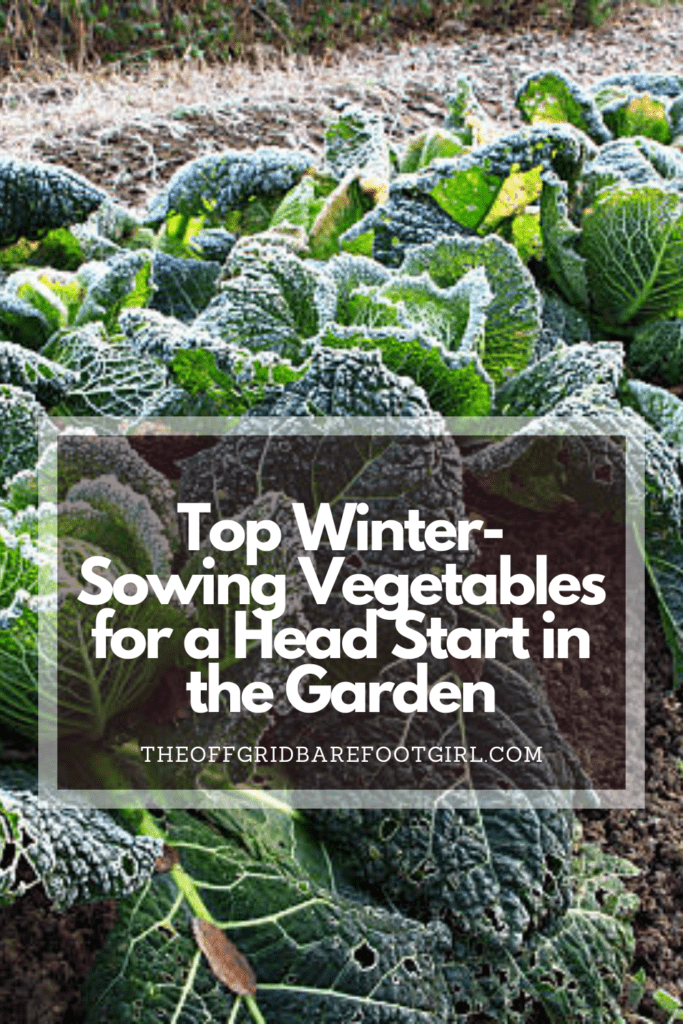
Frequently Asked Questions
1. Can I winter-sow any type of vegetable?
While winter sowing works well for many vegetables, it is best suited for cold-hardy varieties. Vegetables like kale, spinach, carrots, radishes, and peas are great options for winter sowing. However, tender or heat-sensitive vegetables may not fare well in colder temperatures, so it’s important to choose the right vegetables for this technique.
2. Do I need any special equipment or containers for winter sowing?
No, you don’t need any fancy equipment for winter sowing. You can use simple, recycled containers like milk jugs, soda bottles, or plastic containers. Just make sure they have drainage holes and can act as mini greenhouses to protect the seeds. Additionally, basic gardening tools and potting soil are sufficient to get started with winter sowing.
3. How often should I water my winter-sown seeds?
Watering requirements may vary depending on the weather conditions, but generally, you should aim to keep the soil consistently moist throughout the germination period. Check the moisture level regularly and water as needed, ensuring not to overwater and cause waterlogging. Proper moisture control is essential for successful winter sowing.
4. Can I transplant the winter-sown seedlings into the garden?
Absolutely! Once the seedlings have grown and the weather has warmed up, you can transplant them into your garden beds or containers. However, it’s important to harden off the seedlings gradually by exposing them to outdoor conditions over a period of time. This helps them acclimate to the change and prevents shock when transplanting.
Summary
I hope I have inspired you to try your skills at winter sowing with these tips and products.
If you were encouraged by this post, I invite you to check out my FREE Printables Page for fun free printables, planners, and charts.
ENTER MY FREE Printables Page HERE
Here are some more of my winter gardening inspiration posts to check out!
Getting Started with Winter Sowing: The Ultimate Guide
The Benefits of Successful Winter Sowing for Vegetables in Containers
The Ultimate Guide to Choosing the Best Soil for Winter Sowing
Planning Your Garden: How to Plan a Vegetable Garden: Expert Green Thumb Tips!
Winterizing the Garden: How to Winterize Your Vegetable Garden: Step-by-Step Checklist
Mulching the Garden: How to Make Leaf Litter Mulch
How to Grow a Fall Garden: 9 Best Fall Crops
Blessings,
The Off Grid Barefoot Girl



